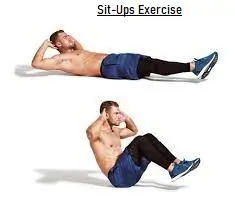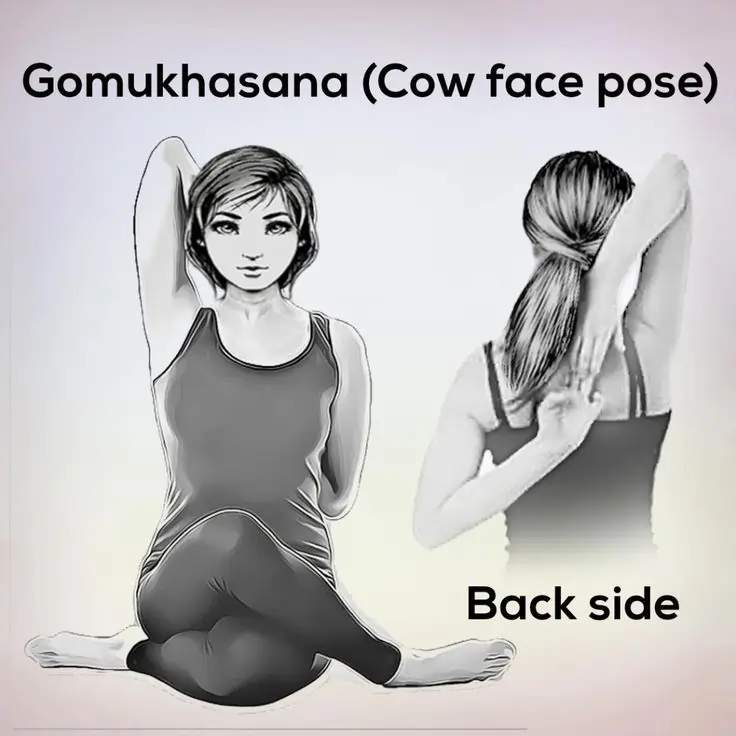Janu Sirsasana (Head-to-Knee Pose)
What is Janu Sirsasana? Janu Sirsasana, or Head-to-Knee Pose, is a seated forward bend that stretches the spine, shoulders, hamstrings, and groins. This pose is often used in yoga sequences for flexibility and relaxation. Yoga sequences often include Janu Sirsasana because of its many physical and mental advantages. On a physical level, it lengthens the…










